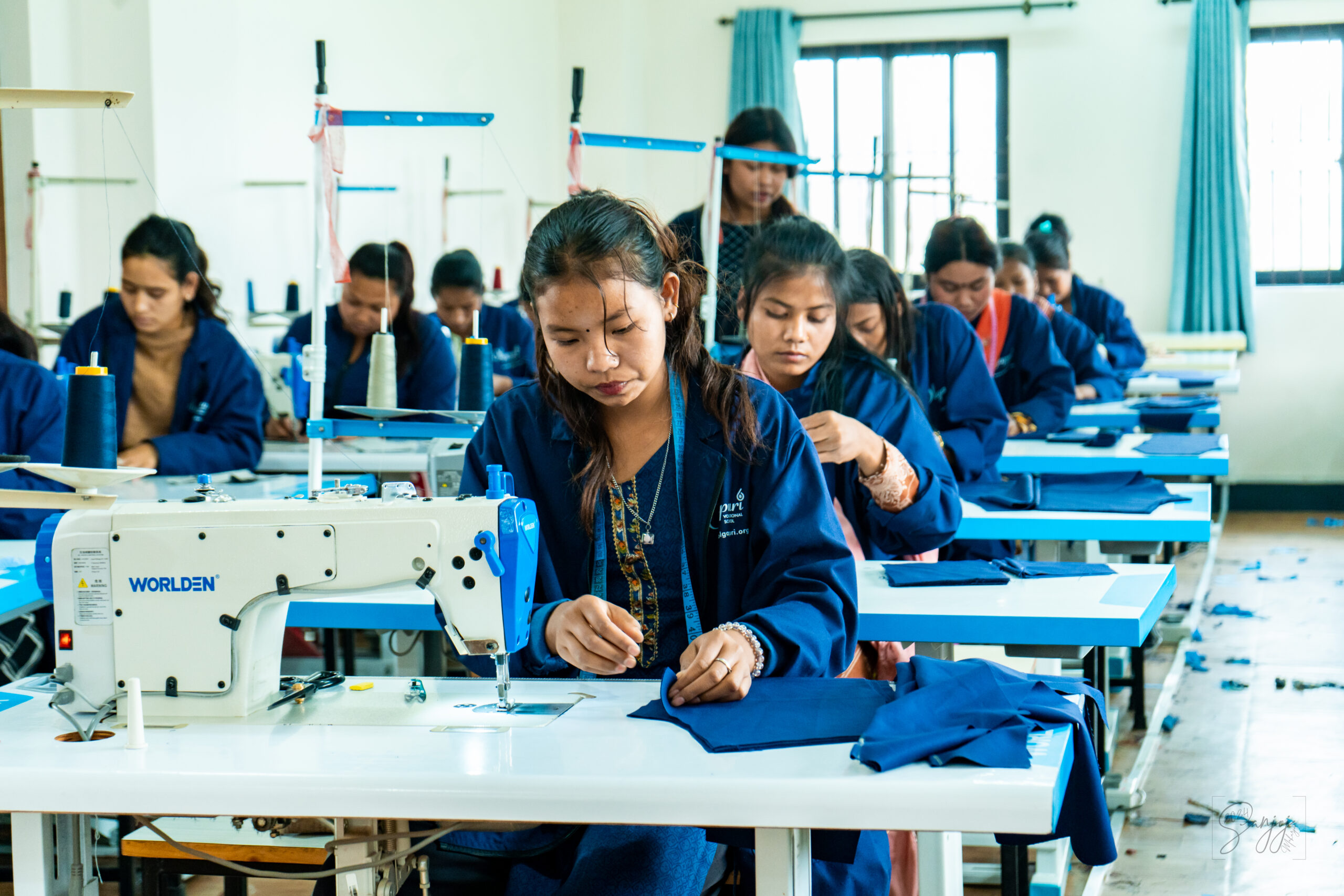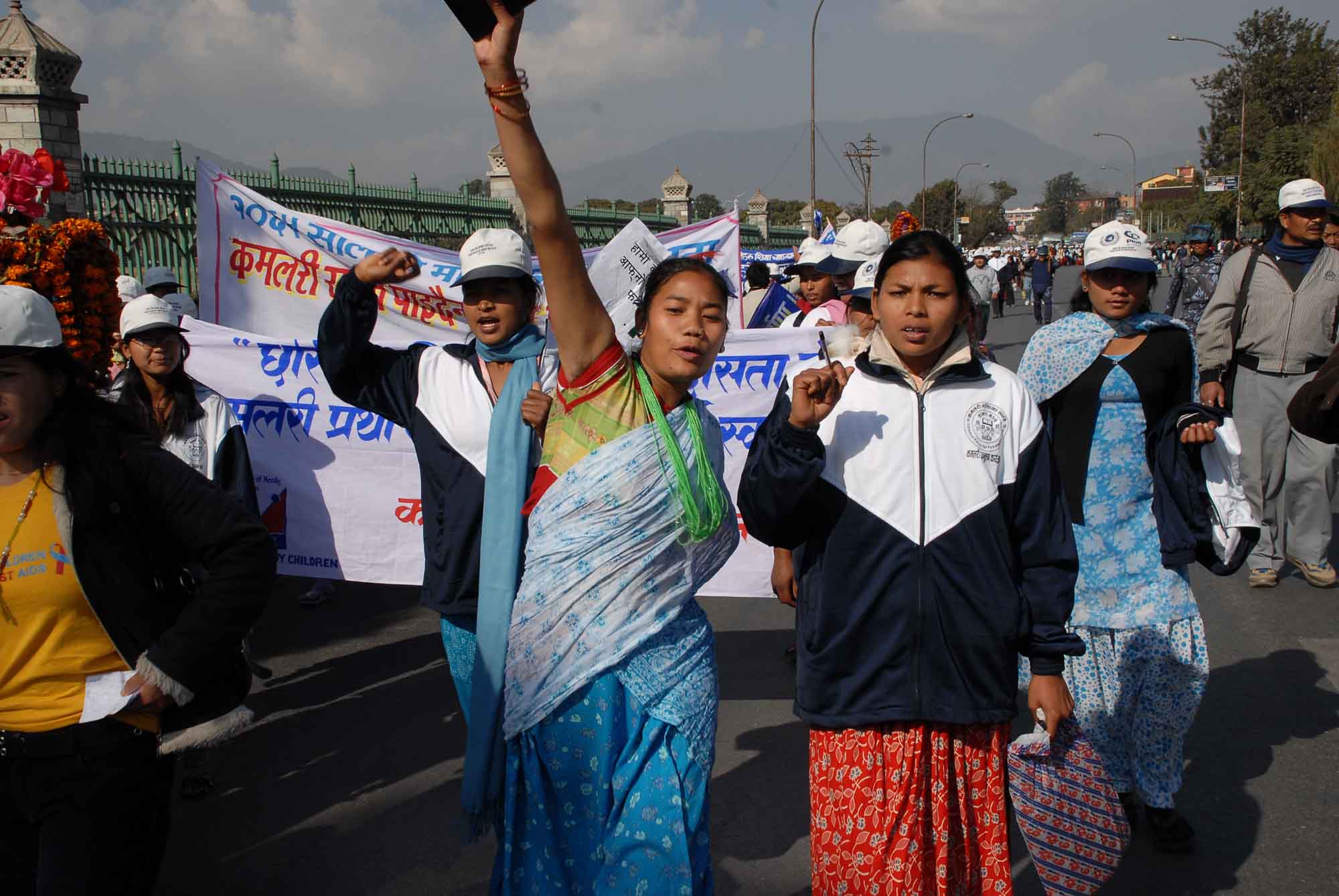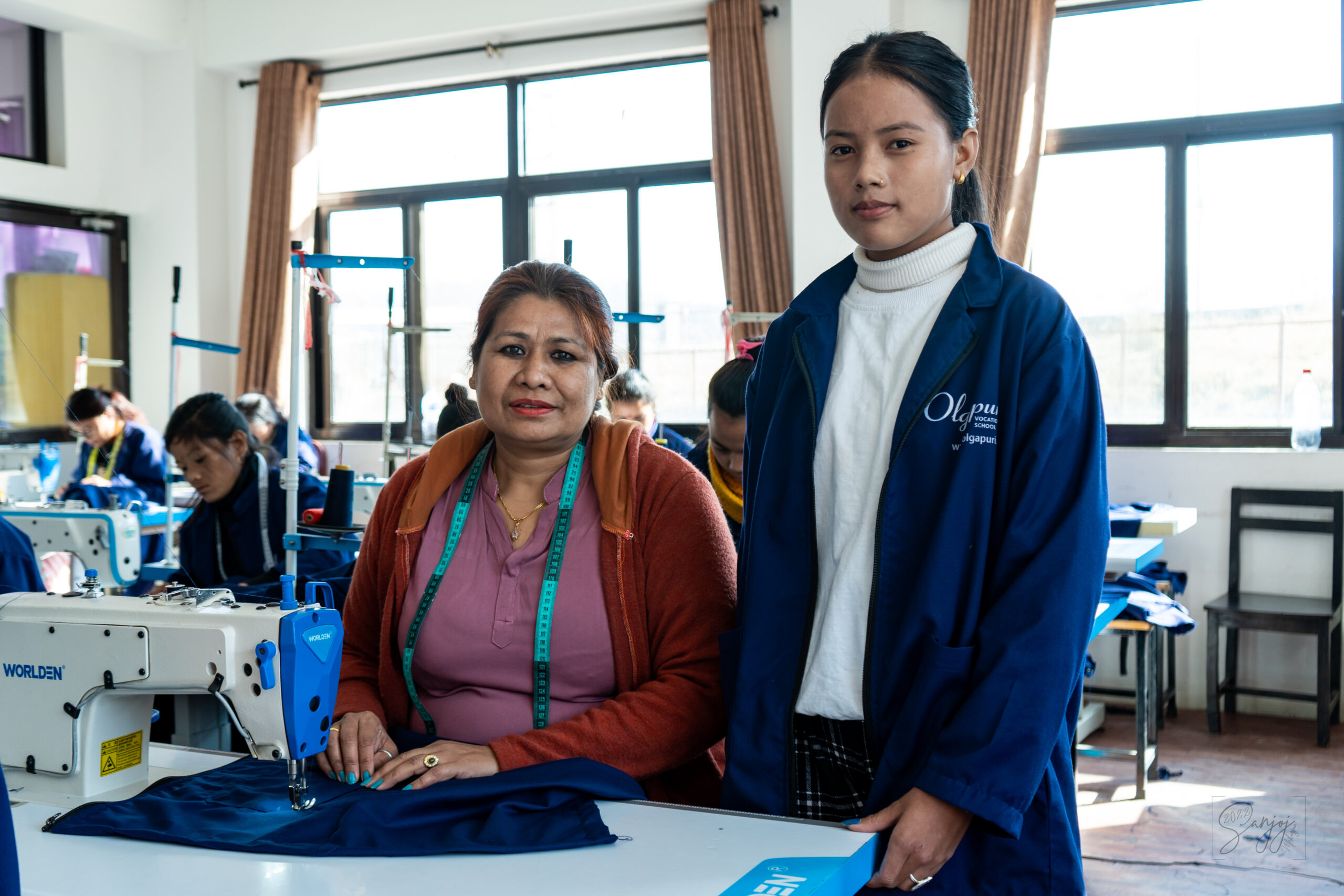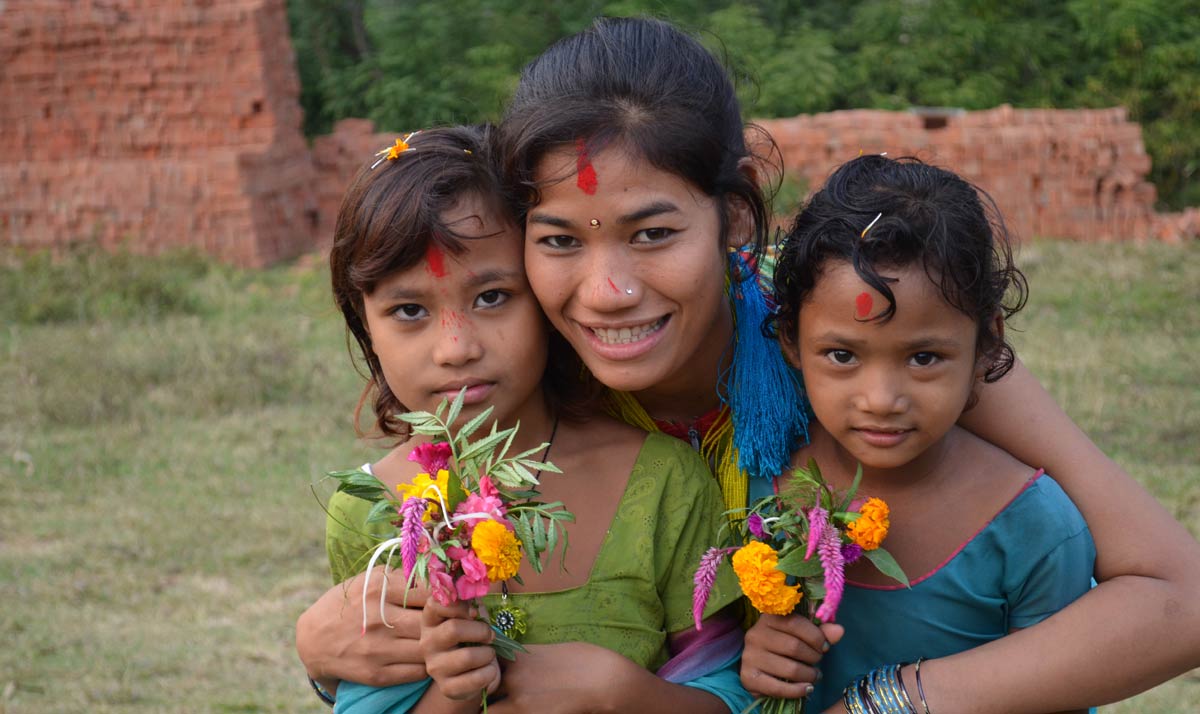
Empowering Freed Kamlaris / the Indentured Daughters Program
This program concluded in 2020. It is now being run entirely by local Freed Kamlari leadership!
The Empowering Freed Kamlaris program (called the Indentured Daughters Program from 2000 – 2014) was NYF’s most comprehensive, successful intervention to date. Though the program is now run wholly by graduates of the program, NYF continues to work closely with the community.
This program worked to combat an entrenched practice known as kamlari, in which members of the Tharu ethnic minority in Western Nepal sold their daughters (some as young as five years old) into indentured servitude in the homes of Nepal’s elite. The practice, built on a foundation of predatory lending, ethnic oppression, and generational debt, robbed tens of thousands of young women of educational opportunities, cultural connection, and their childhood.
NYF successfully eradicated the practice in Nepal, empowered young Tharu women to advocate for themselves and improve the lives of their families, and is continuing to support a better future for their communities.
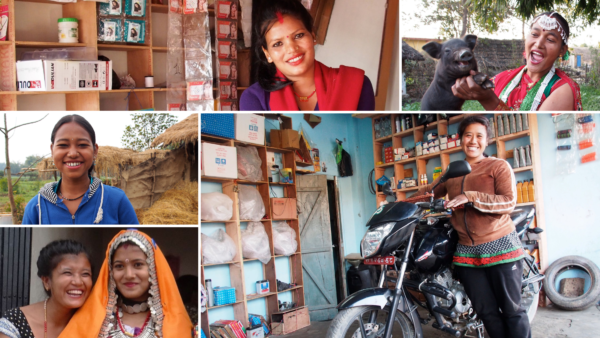
Highlights
- The Indentured Daughters Program began in early 2000 and ran until it was handed over to the Freed Kamlari Development Forum (FKDF) in 2020.
- In 2000 and 2001, NYF implemented a policy of “a piglet for a girl.” Families who allowed their daughters to return home would receive a piglet or goat, which could be raised on kitchen scraps. Meanwhile, the girl would be enrolled in school, supported by NYF. After one year, the animal could be sold for the same amount of money their daughters would have earned with a year of forced labor. Many families chose to breed the animals instead of selling them, beginning lucrative husbandry businesses.
- In the spring of 2002, NYF’s founder Olga Murray appeared on The Oprah Winfrey Show to discuss the program, as well as to pitch the “piglet for a girl” option as an excellent Mother’s Day gift. Donations poured in from across the United States, and the program took off with new strength.
- In 2003, NYF staff member (now-president) Som Paneru brought an action to the Supreme Court of Nepal, declaring that the kamlari practice was in violation of not only Nepal’s own labor laws, but of 22 of the 42 articles within the United Nations Convention of the Rights of the Child, to which Nepal was a signatory. In 2006, Nepal’s Supreme Court declared the practice a violation of both Nepali and international law. It ordered the government to provide rehabilitation services to girls who had returned from servitude. Unfortunately, due to complications within Nepal’s government and lax law enforcement, it would take time to ensure these changes became reality.
- As NYF worked to identify and free individual girls from the five districts impacted by this practice, we provided special classes to help young women catch up in their studies, ensured students had sufficient school supplies, trained peer counselors to help individuals cope with trauma, and enrolled interested young women in opportunities to help them share their stories, changing their society’s opinion of the practice and pressuring the government to act.
- During these years, transformative marches were held in impacted towns and in Kathmandu, with young women demanding an end to the practice as they marched to parliament. On a local level, freed girls became passionate about preventing other young women from being sold into kamlari bondage, stopping buses to identify girls in the company of “brokers” and returning these children to their families.
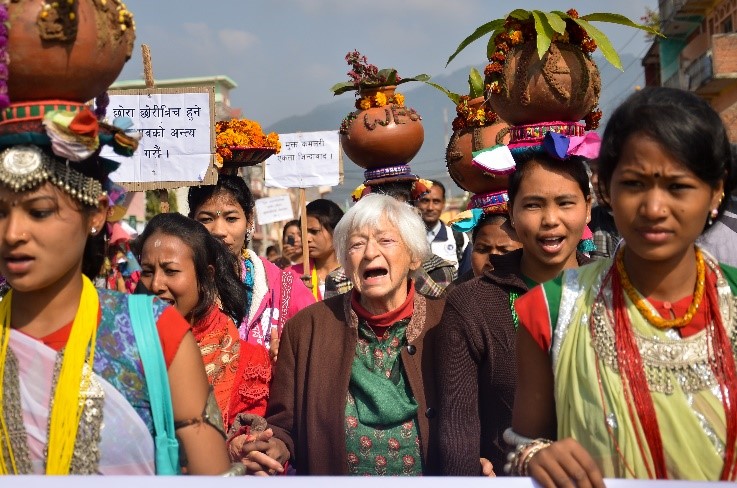
NYF founder Olga Murray (at center) marching with freed girls. Communities were overwhelmed by the power of these young women, joining together to demand freedom and education for their sisters and daughters. Self-advocacy was a tremendous part of this program, with the understanding that sustained change could only come from within the communities themselves. Photo by Sanjoj Maharjan.
- In 2013, Nepal’s legislature officially abolished the kamlari practice by name, imposing steep penalties on those caught “employing,” selling, or transporting these girls. The declaration also allocated funds especially for young women impacted by this practice, including scholarships and other benefits.
- Leaders from within the Freed Kamlari community became well-known by government officials, as these fierce leaders continued ensuring the government made good on its promises to their community.
- All told, NYF directed rescued 12,932 young women and girls from kamlari bondage. Our efforts enabled thousands more girls to obtain their freedom and access to educational opportunities, and also ended the practice for future generations.
- NYF and leaders within the Freed Kamlari communities worked together to establish the Freed Kamlari Development Forum (FKDF) with chapters in villages throughout the Tharu community. This locally led nonprofit grew at first under the care of NYF, overseeing co-ops, community credit and lending groups, and other local organizations focused on empowering and strengthening the economy within Tharu communities, educating young women, preventing child marriage, and more.
- In 2020, control of the Empowering Freed Kamlari program passed fully into the control of the FKDF.
- In the present, NYF and the FKDF frequently partner to offer special training courses through the Vocational Education & Career Counseling program and through Olgapuri Vocational School. Undergraduate-level college support is available from the Nepali government. Individual young women pursuing law degrees, medical degrees, and other advanced education are eligible for NYF’s Scholarship program.
Read the Evaluation Study!
Click here to download the full study or read highlights here.
This study was conducted by an independent group of field researchers in 2019. They interviewed a sample of the women freed from the kamlari practice through NYF’s efforts, focusing their questions on topics linked to NYF’s mission: Education, Health, Shelter, and Freedom.
We’re proud to report that the findings were incredibly positive! In almost all cases, the Freed Kamlaris and their families were not only doing better than they had before NYF intervened—they were doing better than national averages!
